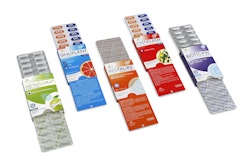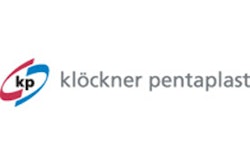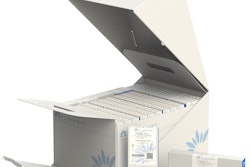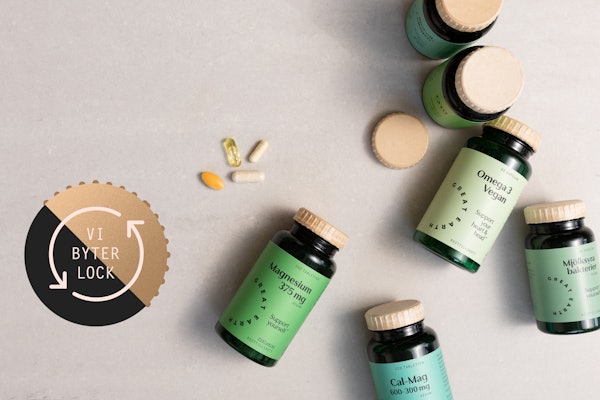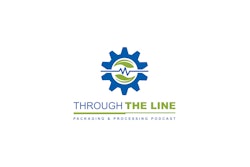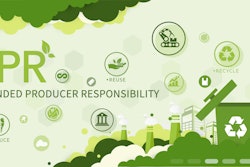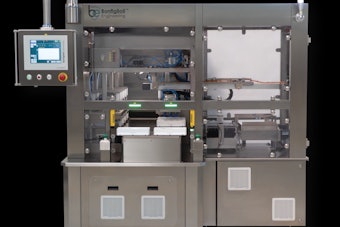1. Not fully thinking through requirements up front. This is a perennial complaint from professionals on all types of packaging projects. Two areas that are particularly vulnerable are the label and the closure, simply because they’re too often an afterthought. In one case, a CPG company had a container distributor develop tooling for a custom package, but didn’t explicitly specify the label type. The container distributor supplied a predecorated container, only to find out the CPG company wanted to use labels that wrinkled when applied to the chosen container. Another example is not anticipating a mismatch between a container and a specialty closure such as a trigger sprayer. The neck finish might match, but the barrel on a foamer that sits inside the bottle can reduce fill capacity inside the bottle. Ignoring that small fact can result in a container with, in this case, insufficient fill capacity for the intended product size.
2. Saying “yes” to an idea that can’t be produced. The disconnect between what marketing wants and what engineering and production can produce can be quite large. When a project is planned that is substantially different from what’s been done in the past, make sure to budget extra time up front for cross-functional meetings and due diligence by all parties before a “go” decision is made.
3. Forcing suppliers to meet aggressive timelines. Sometimes suppliers are forced to comply with extremely short deadlines from CPG companies, resulting in insufficient time for the necessary steps. This is true of new technologies that take time to adapt to as well as consumer research. For example, when developing a custom container, CPG companies may ask to skip the unicavity or prototype mold that is ordinarily used to flesh out the design. By rushing right to the creation of the production tooling, unanticipated flaws could creep into the final design that should have been caught and corrected at the prototype stage. Examples include how a package feels in the hand, both filled with product and empty, how a label fits or looks, or even the finished package color. For custom packaging, build in a timeline of sufficient length (typically greater than six months) to develop tooling while allowing the necessary time for validation and quality control.
4. Making faulty assumptions based on past projects. Don’t assume that one packaging component that’s been successful in the past, even for an identical product, will work for a new product. In one case, a pressure-sensitive label construction was picked up from one deodorant package and reused on another. Once in production, frantic phone calls were received from the plant that the labels were peeling off. It turns out that the colorants and anti-stats in the new package were incompatible with the old pressure-sensitive label construction. Doing your homework up front rather than simply repeating something from another project can prevent such disasters.
5. Juggling too many projects at once. The “mental make-ready” time of having to constantly switch mental gears between different projects can add delays, introduce mistakes, and reduce overall quality of work. You’re better off knocking out projects sequentially with few distractions.
6. Poor supplier coordination. There’s often little or no coordination among the label supplier, design firm, container supplier, closure supplier, equipment suppliers, and the contract packager. Snags may occur due to unclear, inadvertent, or incorrect assumptions surrounding container size, shape, material, and machinability. Avoid these bottlenecks by bringing together all the suppliers, setting clear expectations, and including them on your team. Ensure that everyone reviews and commits to a common timeline. The shared clarity and responsibility can reduce the potential for things to go wrong and minimize finger-pointing when problems occur.
7. Poor container tolerances. Inconsistent label placement accuracy, which at first glance may seem like a machinery problem, may be due to variances in container shape. Always verify the tolerances on the package. Be aware of the impact of the package’s shape on the successful application of labels. Tapered containers, for example, are notoriously difficult to label with longer wraparound labels.
8. Lack of leadership. Projects fail when no one takes the lead. A single entity must run things from concept to commercialization. Typically, organizations don’t know all that is involved in commercializing new product packages. Then when they hit a few bumps in the road, they want to abandon the course. Projects fail when organizations lose belief in them; leaders keep belief alive and projects on track.
9. Failure to set financial goals. Sometimes projects fail because clear financial goals are never set. If you’re not going to make money, why pursue the idea?
10. Lack of consumer insight. A project idea needs to be based on more than someone’s feeling or intuition. Solid data from consumer research and focus groups is a necessary foundation. Always allocate adequate time and resources for research.
11. Underestimating design issues. Did you budget properly for design? Have you budgeted for changes and revisions? Keep communications clear between the designer and those for whom the design is being done. Egos and personalities frequently get in the way here, which can be the most devastating cause of failure.
12. Being misunderstood by the consumer. Packaging projects will fail if they don’t acknowledge the consumer experience. The package must be seen, it must draw the consumer’s interest, and it must be understood. If the design does not convey the purpose of the package intuitively, consider an educational element on the package or a marketing effort explaining benefits. If the package fails to convey the product’s value and usage, it won’t win many points with consumers—or with top management.
Liked this article? Download the entire playbook here.




